let us suppose we have following data with binary response output(coupon)
annual spending is given in 1000th unit, my goal is to estimate whether if customer spend more then 2000 and has Simmons card, will also have coupon, first of all i have sorted data according to response data, i got following picture
at next stage i have calculated logit for each data, for those initially i choose following coefficient
B0 0.1
B1 0.1
B2 0.1
and i have calculated L according to the following formula
at next stage i have calculated e^L (which in excel can be done easily by exp function )
=EXP(D2)
after that i have calculated probability
=E2/(1+E2)
i have calculated log likelihood function
then i have calculated sum and using solver i have calculated coefficient that minimize this sum( please pay attention that values are given in negative value) , but i have got all coefficient zero
i am wrong ? or does it means that i can'predict buying of coupon on the base of Annual spending and owning of Simmons card? thanks in advance





